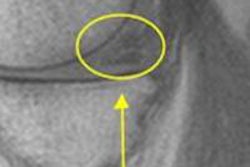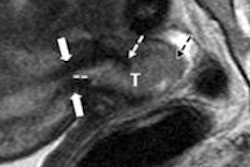The group from the Max Planck Institute recently developed a real-time MRI technique that enables nongated acquisition of velocity-encoded 2D phase-contrast MRI images under free breathing with a temporal resolution of 40 msec.
The acquisition of several complete cardiac cycles under free breathing enables analysis of the effect of respiratory movement, detection of arrhythmias, and extraction of these cycles. Because manual delineation of the vessel of interest is not feasible for larger studies or clinical routine, semiquantitative analysis is necessary, according to presenter Markus Hüllebrand of Fraunhofer MEVIS.
With the goal of bringing the sequence into clinical use, the Max Planck Institute and Fraunhofer MEVIS began a joint project to codevelop image acquisition and image analysis technology. At RSNA 2013, the researchers will present their method for blood-flow analysis in the vessels of interest.
Hüllebrand and colleagues studied the algorithm using data from five healthy subjects, and they found good agreement with manual segmentation performed by three experts. While the manual segmentation took 20 to 40 minutes per case, the automatic analysis only took about 40 seconds per case on standard hardware.
"So in this first study, we showed that the result of our algorithm is comparable to that of manual experts," Hüllebrand told AuntMinnie.com. "In the future, we can use this method to analyze the effect of breathing and breathing maneuvers and arrhythmias."
For all the details on the algorithm, stop by this Monday morning presentation.



















